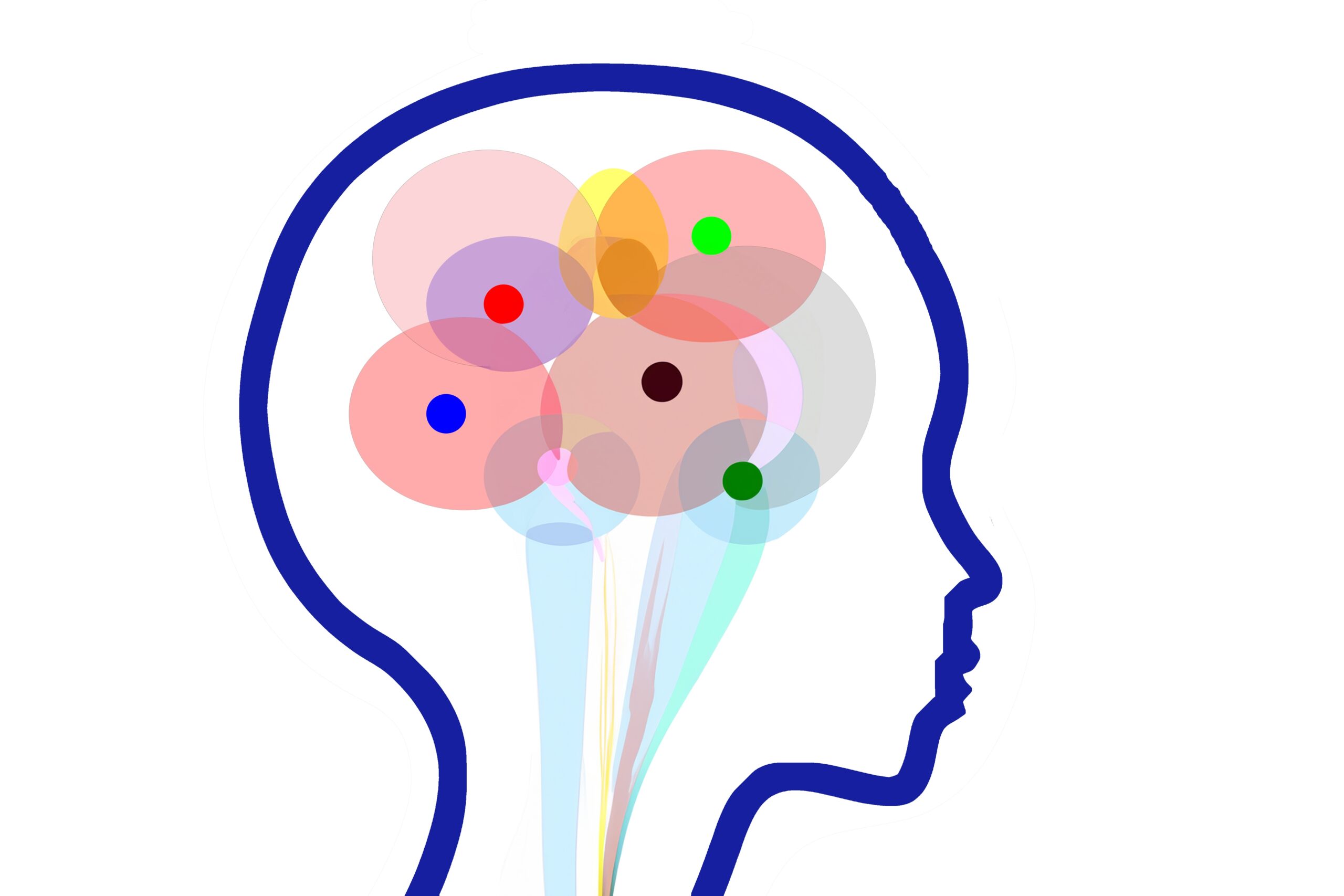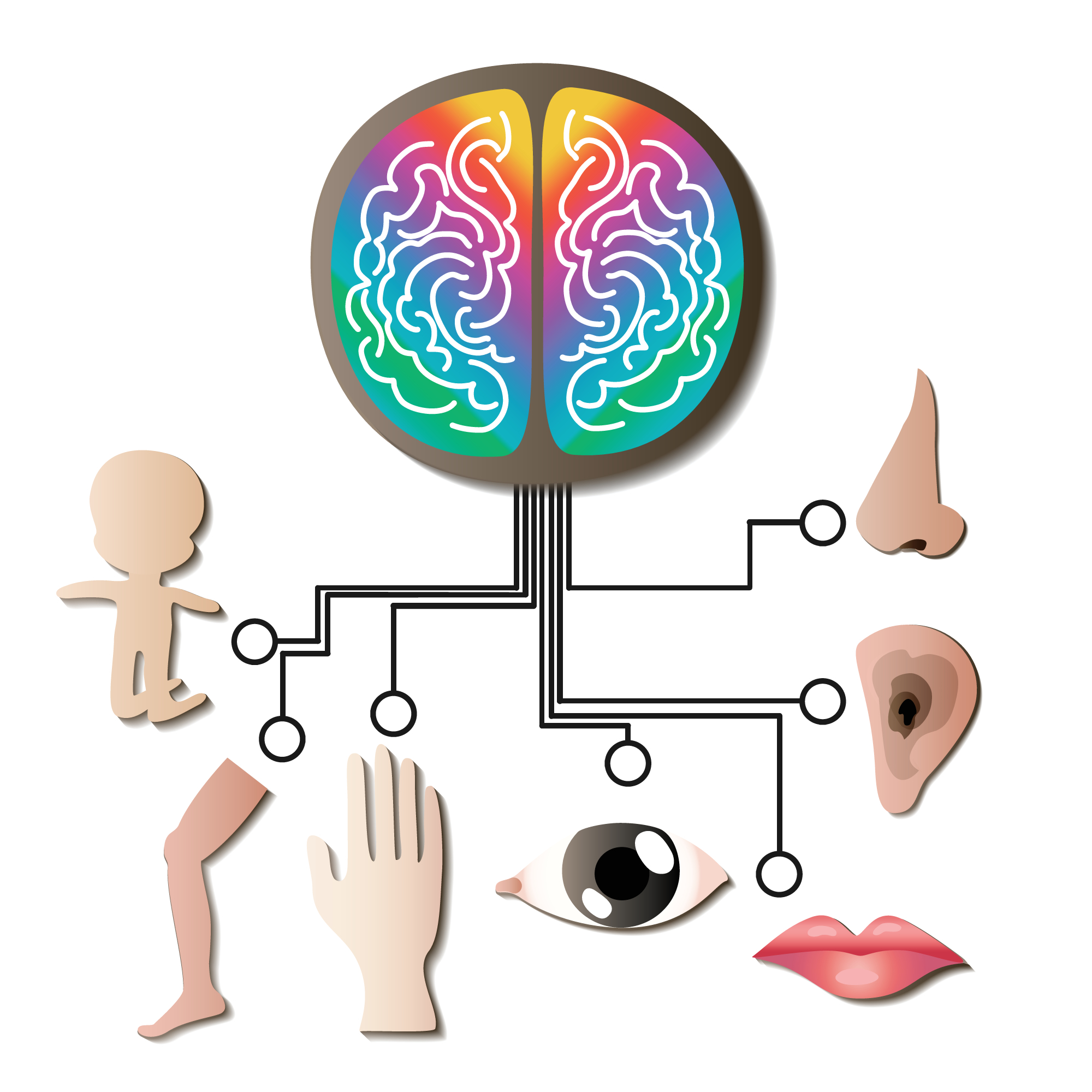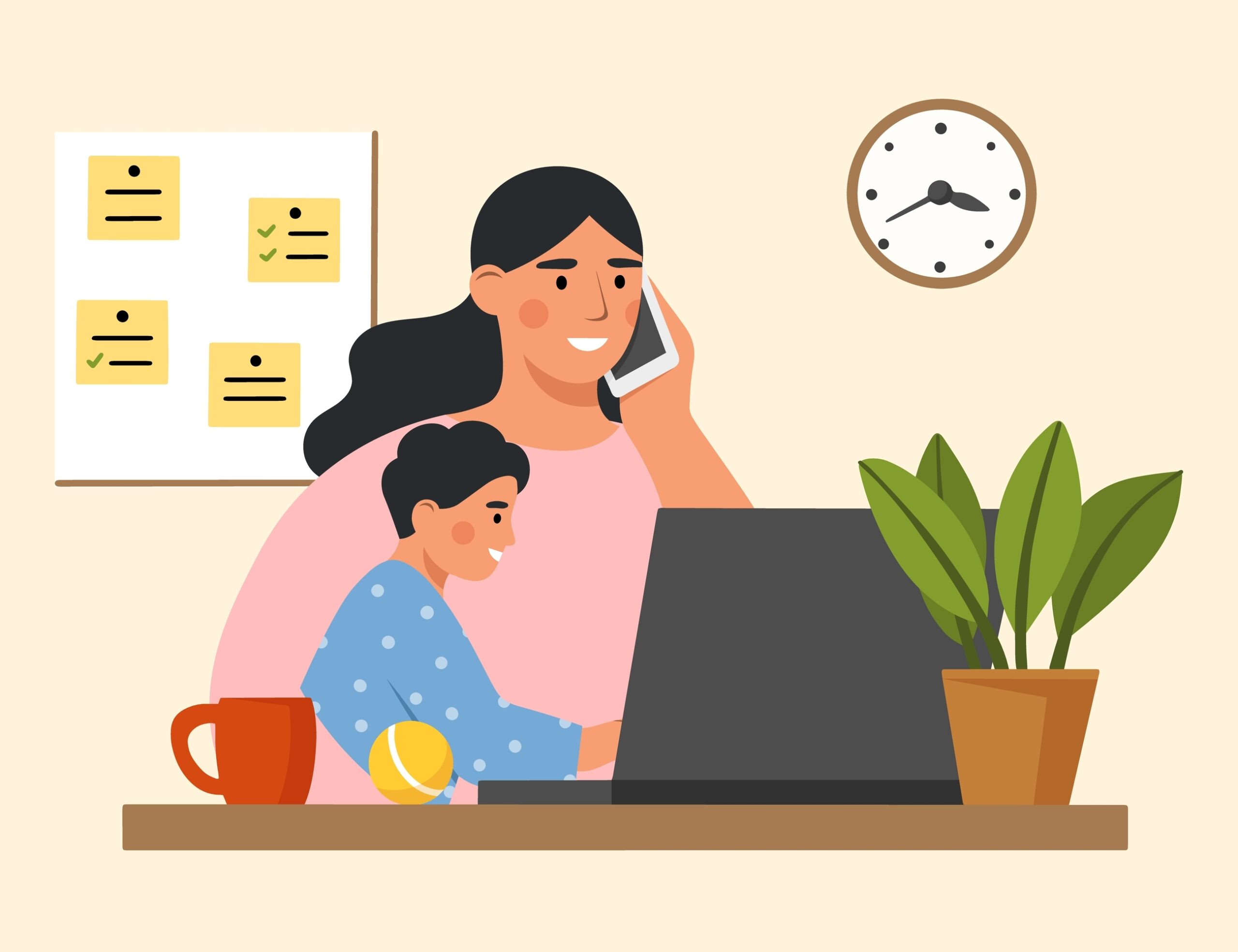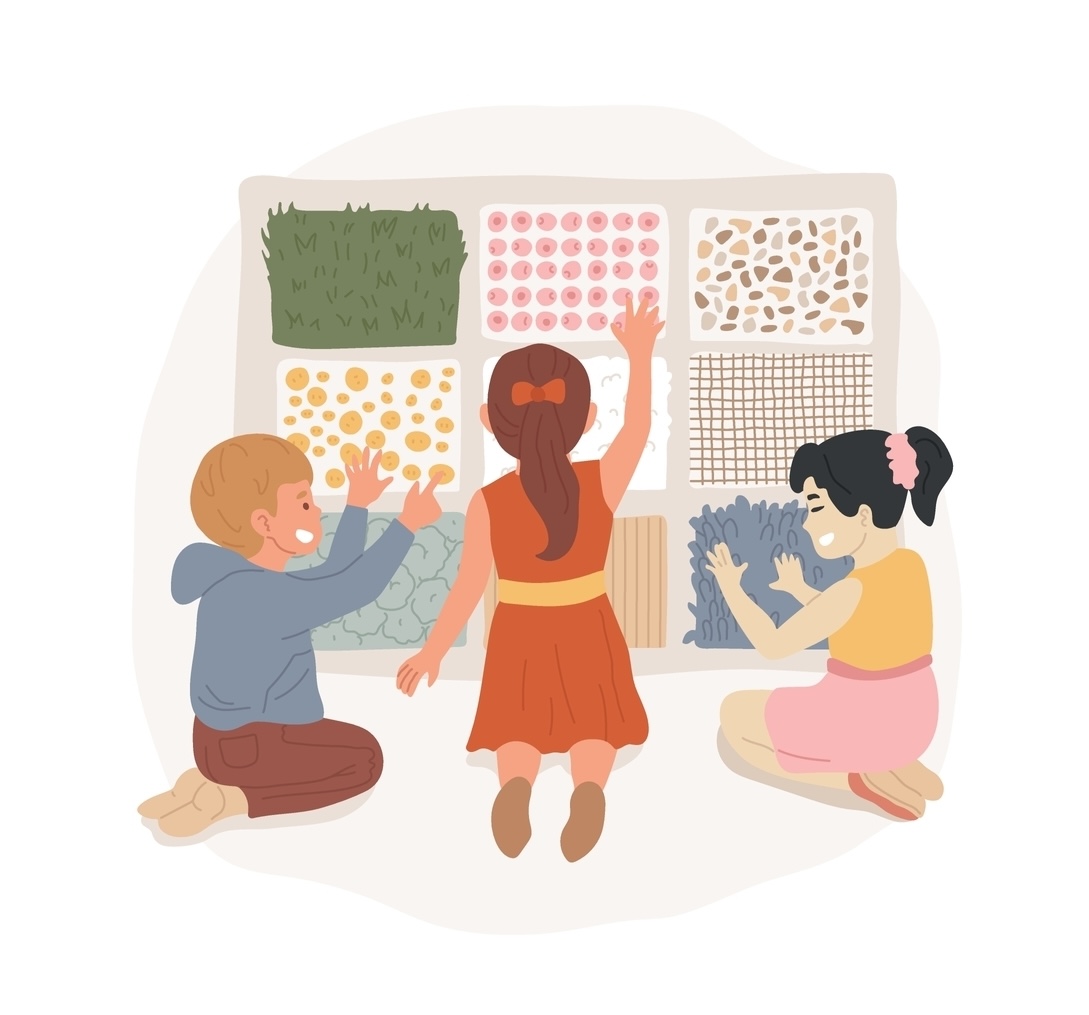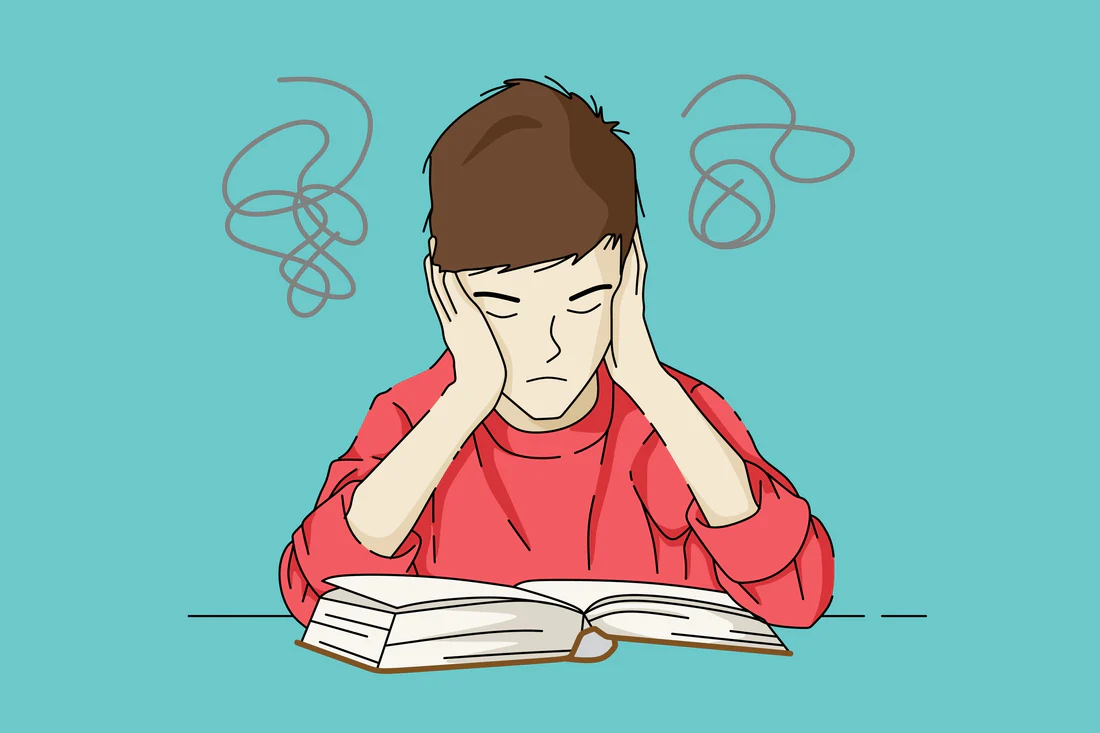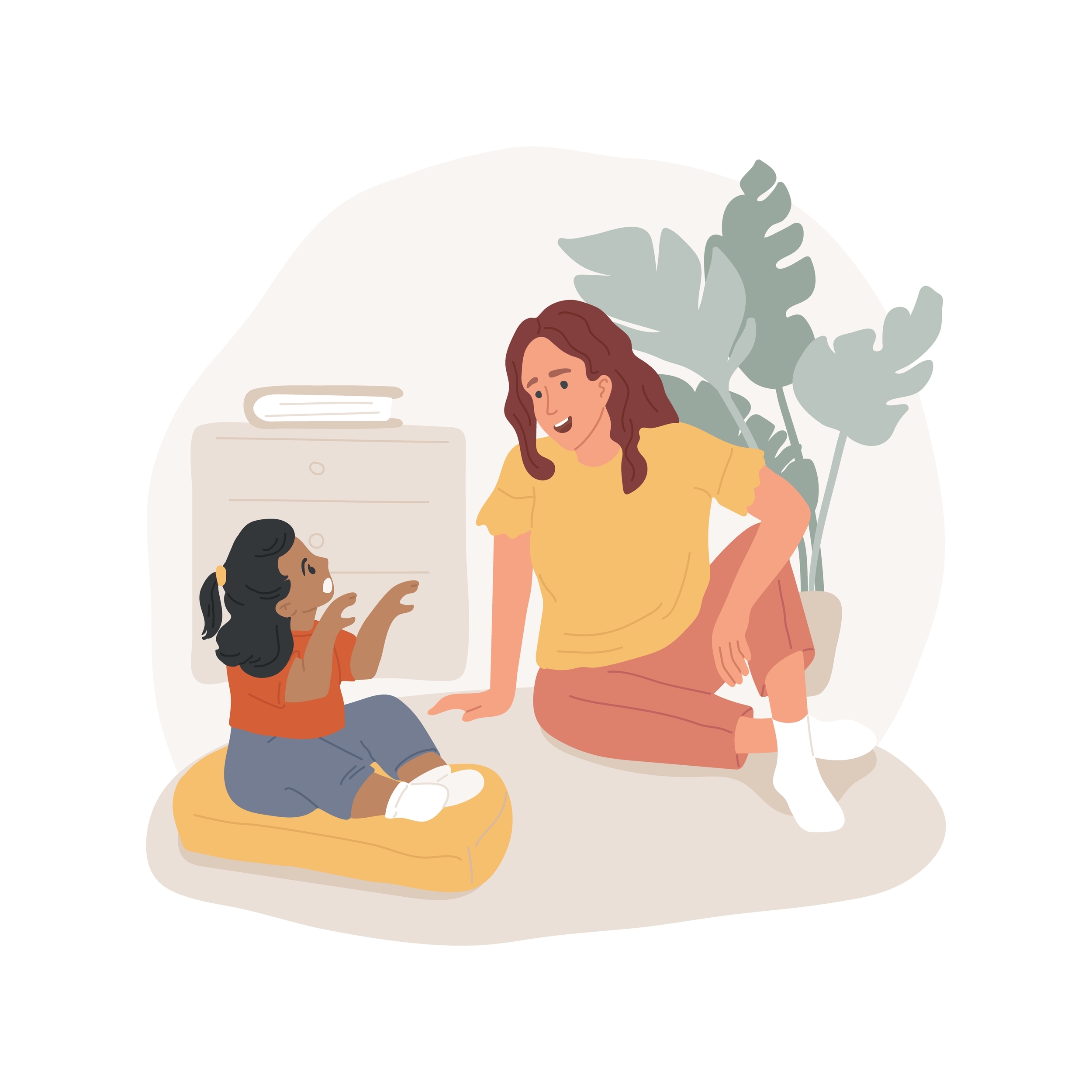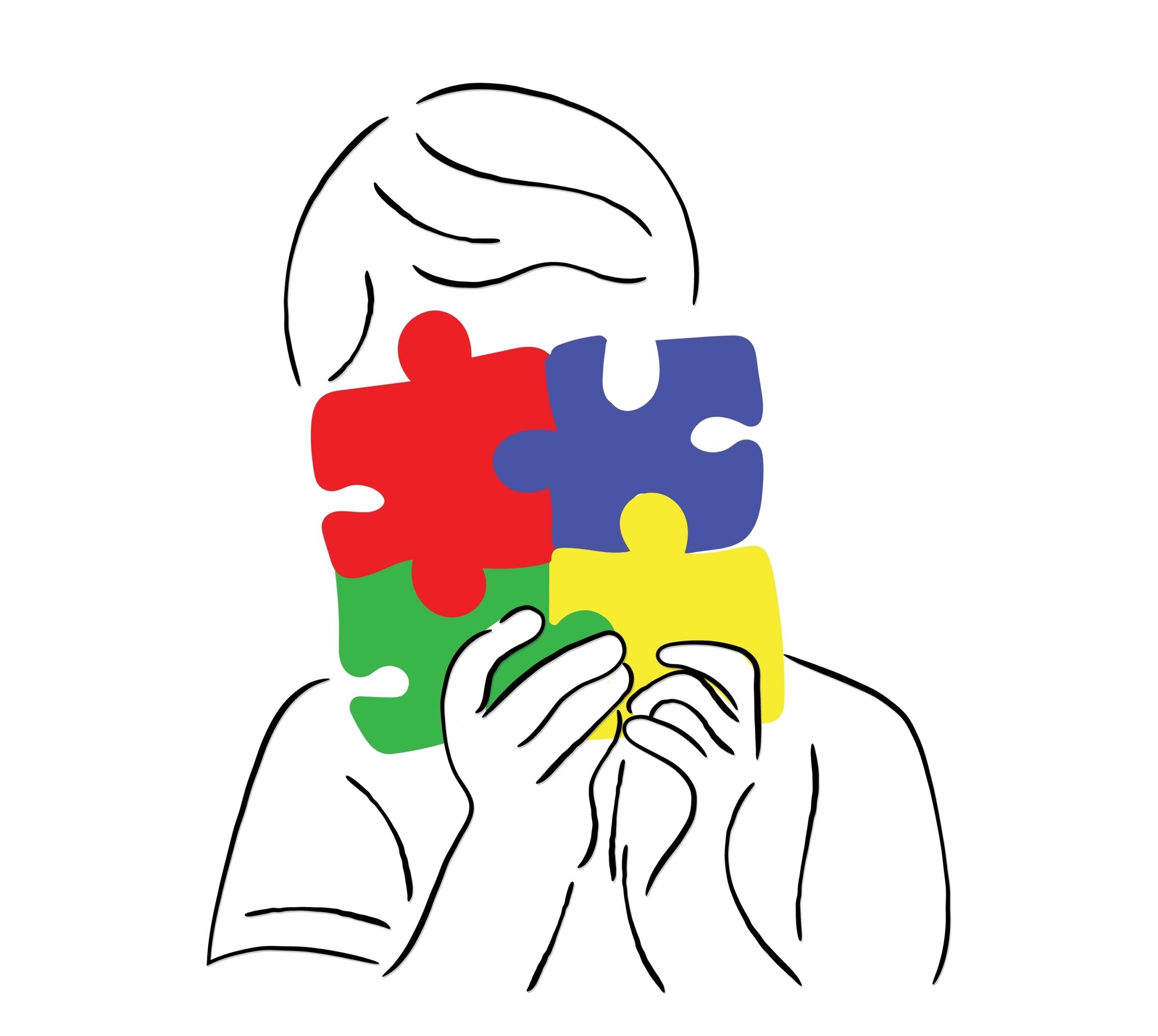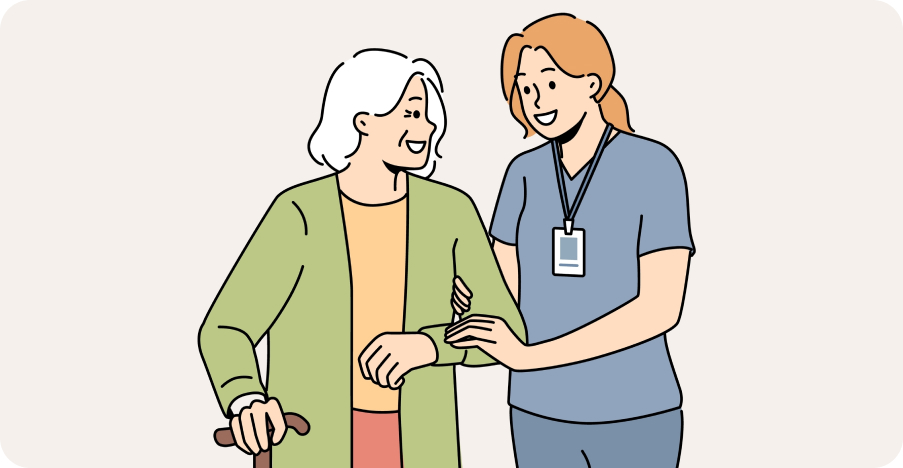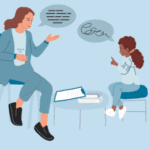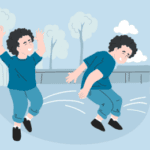
Blog
Physical Therapy for Lower Back Problems: What to Expect
Author: DrSensory
July 23, 2025
Physical Therapy for Lower Back Problems: What to Expect
Lower back pain is one of the most common medical complaints, affecting millions of people and disrupting everything from work productivity to simple daily movements. Whether it’s a dull, constant ache or a sudden, sharp pain, the search for lasting relief can be frustrating. While rest and medication might offer temporary comfort, they often fail to address the underlying cause of the problem. This is where physical therapy comes in as a cornerstone of effective, long-term back pain management.
Deciding to start physical therapy can feel like a significant step, and it’s natural to have questions about what the process involves. You might wonder what a therapist actually does, if the exercises will be painful, and how long it will take to see results. Understanding what to expect can demystify the process and empower you to take an active role in your recovery.
This guide will walk you through how physical therapy helps, the common techniques used to treat lower back pain, the specific benefits for chronic pain sufferers, and how to find the right professional to guide you on your journey back to a pain-free life.
How Physical Therapy Helps with Back Pain
Physical therapy is much more than just a set of exercises. It is a highly personalized treatment approach designed to identify and correct the root causes of your pain. A physical therapist (PT) is a movement expert who evaluates your specific condition and creates a targeted plan to reduce pain, improve function, and prevent future injuries.
Unlike passive treatments that only provide temporary relief, physical therapy is an active approach that empowers you with the tools to heal your own body. The primary goals are to restore mobility, strengthen supporting muscles, and educate you on proper body mechanics.
Here’s how it works:
- Pain Reduction: Therapists use a combination of manual therapy, targeted exercises, and modalities like heat or ice to decrease inflammation and alleviate pain.
- Improved Mobility: Gentle stretching and mobilization techniques help to loosen tight muscles and restore flexibility to the spine and surrounding joints, like the hips.
- Core Strengthening: A weak core is a major contributor to lower back pain. PTs focus on strengthening the deep abdominal and back muscles that stabilize your spine, creating a “natural brace” to support your back.
- Functional Retraining: Physical therapy helps you relearn how to perform daily activities—like lifting, bending, and sitting—in a way that doesn’t strain your back.
- Patient Education: A crucial component of PT is learning about your condition. Your therapist will teach you what causes your pain and provide you with a home exercise program so you can continue your progress independently.
Common Techniques Used in Physical Therapy
Your physical therapy journey will begin with a comprehensive evaluation. Your therapist will assess your posture, range of motion, strength, and movement patterns to pinpoint the source of your pain. Based on this assessment, they will develop a treatment plan that may include a variety of techniques.
1. Manual Therapy
This involves hands-on techniques where the therapist uses their hands to manipulate and mobilize muscles and joints.
- Soft Tissue Mobilization: The therapist applies pressure to tight muscles and fascia to reduce tension and break up scar tissue.
- Joint Mobilization/Manipulation: Gentle, controlled movements are applied to spinal joints to improve mobility and reduce stiffness.
2. Therapeutic Exercise
This is the active component of your treatment, where you perform specific movements designed to heal your back.
- Stretching: Exercises like hamstring stretches and hip flexor stretches help to lengthen tight muscles that pull on the lower back.
- Strengthening: Core stability exercises (like planks and bird-dog) and glute-strengthening exercises (like bridges) are fundamental to providing support for your spine.
- McKenzie Method: This is a specific assessment and treatment protocol that uses directed movements to centralize pain, moving it from the leg or outer back toward the center of the spine.
3. Neuromuscular Re-education
These exercises focus on retraining your brain and muscles to work together efficiently. This helps improve your balance, posture, and body awareness to prevent re-injury.
4. Modalities
Therapists may use certain tools to help manage pain and inflammation, especially in the early stages of treatment.
- Heat and Cold Therapy: Heat can help relax tight muscles before exercise, while ice can reduce inflammation and pain afterward.
- TENS (Transcutaneous Electrical Nerve Stimulation): A device that uses a low-voltage electrical current to provide pain relief.
Benefits of Physical Therapy for Chronic Pain
For individuals battling chronic lower back pain (pain lasting more than 12 weeks), physical therapy offers benefits that go far beyond temporary symptom relief. Chronic pain can change how your brain processes pain signals, creating a vicious cycle of pain, fear, and inactivity. Physical therapy helps break this cycle.
One of the key benefits is a decreased reliance on medication. While pain medication, especially opioids, can be necessary for acute pain, long-term use comes with significant risks and side effects. Physical therapy offers a safer, more sustainable solution by addressing the mechanical and functional sources of pain.
Furthermore, physical therapy empowers you with a sense of control over your condition. Instead of feeling like a passive victim of your pain, you become an active participant in your recovery. Learning self-management strategies and seeing tangible improvements in your strength and function can profoundly improve your mental and emotional well-being. This active approach not only reduces your current pain but also equips you with the knowledge to manage flare-ups and prevent future episodes, leading to a more active and confident life.
Finding the Right Physical Therapist Near You
Choosing the right physical therapist is crucial for a successful outcome. You need a professional with whom you feel comfortable and who has the expertise to treat your specific condition effectively.
Here are some steps to find a qualified therapist in your area:
- Ask for Referrals: Your primary care physician, orthopedic specialist, or even friends and family who have had good experiences can be excellent sources for referrals.
- Check for Specializations: Look for therapists who have advanced certifications in orthopedics or manual therapy. Many therapists specialize in treating spine conditions. You can often find this information on their clinic’s website.
- Read Online Reviews: Check Google, Yelp, and Healthgrades for reviews from other patients. This can give you insight into a therapist’s communication style and the clinic’s environment.
- Inquire About Treatment Philosophy: When you call a clinic, don’t hesitate to ask about their approach to treating lower back pain. A good clinic will emphasize one-on-one care and a personalized, active treatment plan.
- Verify Insurance: Before your first appointment, confirm that the clinic accepts your health insurance to avoid unexpected costs.
Your first appointment should involve a thorough evaluation and a clear explanation of your diagnosis and treatment plan. A good therapist will listen to your goals and work with you to achieve them.
Frequently Asked Questions (FAQ)
❓How long does a typical physical therapy session for back pain last?
A typical physical therapy session lasts between 45 and 60 minutes. It usually includes a combination of manual therapy, guided therapeutic exercises, and education on your home exercise program.
❓Will physical therapy hurt my back?
The goal of physical therapy is to reduce pain, not increase it. While you may experience some muscle soreness after a session, similar to what you’d feel after a good workout, you should not feel sharp or worsening pain. Always communicate with your therapist about how you are feeling.
❓How many physical therapy sessions will I need for my lower back pain?
The number of sessions varies widely depending on the severity of your condition, how long you’ve had the pain, and your individual progress. A typical course of treatment for lower back pain might range from 6 to 12 sessions over a period of several weeks.
❓Do I need a doctor’s referral to see a physical therapist?
In many states, Direct Access laws allow you to see a physical therapist without a doctor’s referral. However, some insurance plans may still require one for reimbursement. It’s always a good idea to check with both the physical therapy clinic and your insurance provider.
❓What should I wear to my physical therapy appointment?
Wear comfortable, loose-fitting clothing that allows you to move freely and gives the therapist easy access to your lower back and legs. Athletic shorts, yoga pants, and a t-shirt are all great options.
related blogs
Your child is constantly moving, crashing into furniture, or having meltdowns in response to seemingly minor things like a loud
Your toddler refuses to wear certain clothes, has huge meltdowns in noisy places, or is an extremely picky eater, limited
Your child seems to miss verbal instructions, struggles to follow conversations in noisy environments, and often asks "what?" even when
On the surface, autism and Ehlers-Danlos syndrome (EDS) might seem like two entirely unrelated conditions. One is a neurodevelopmental condition
The intense head pain begins, lights feel blindingly bright, and every sound seems amplified to an unbearable level. You retreat




